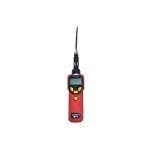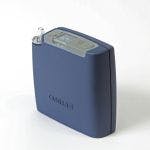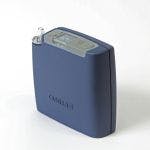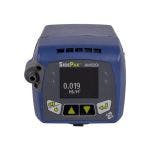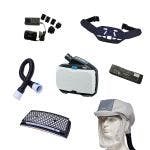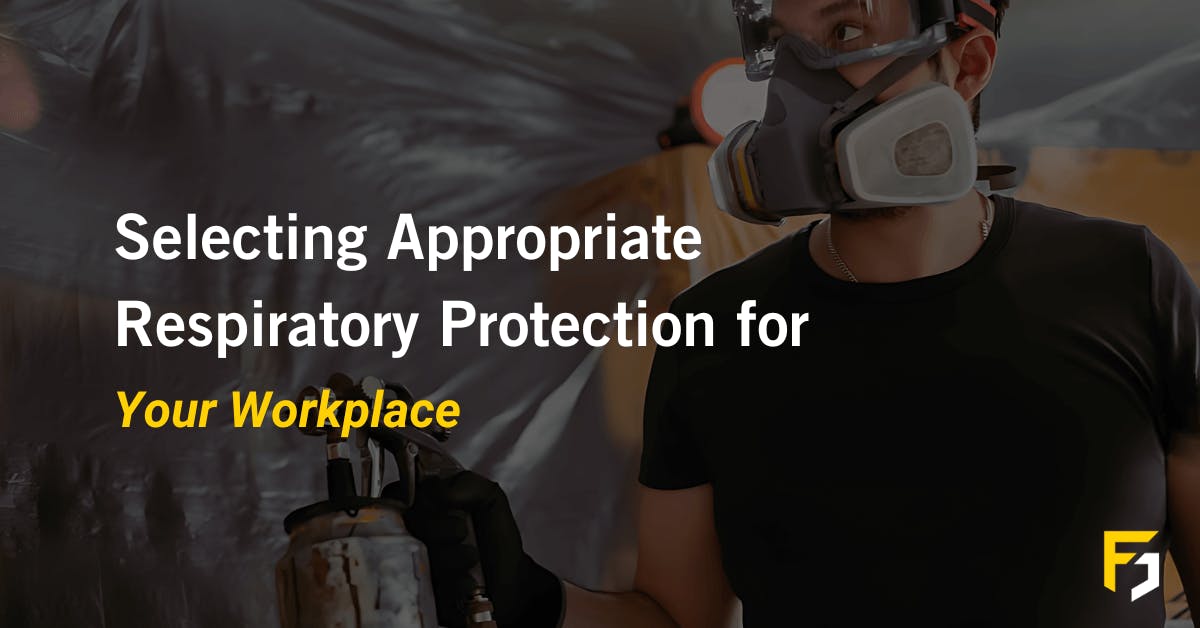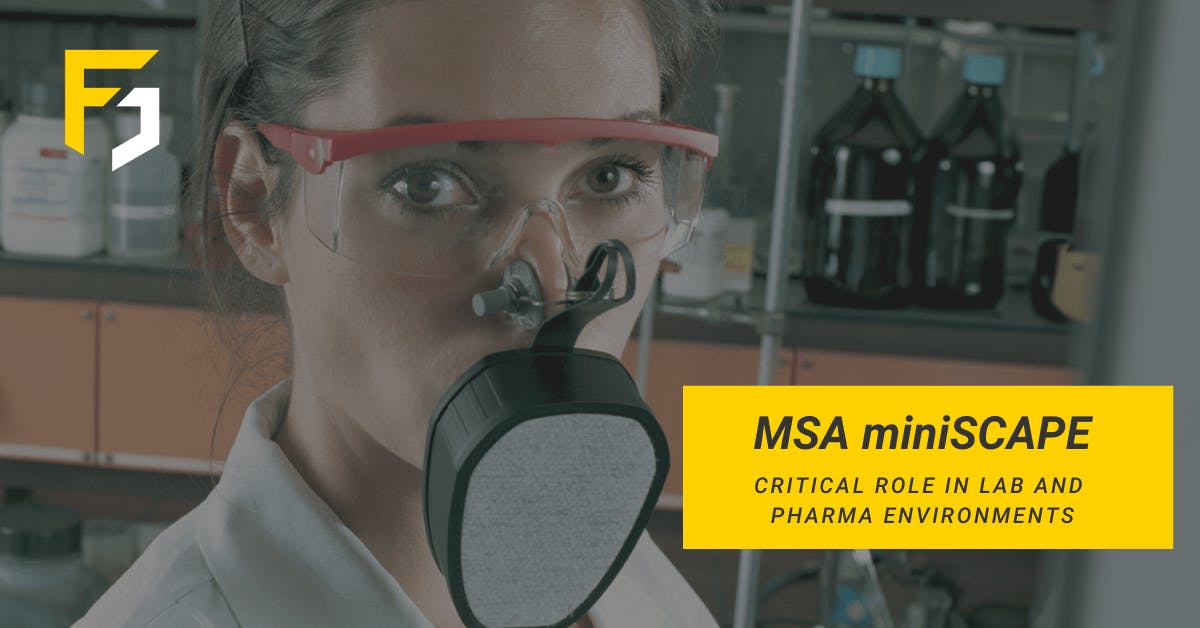
Busting Combustible Dust Myths
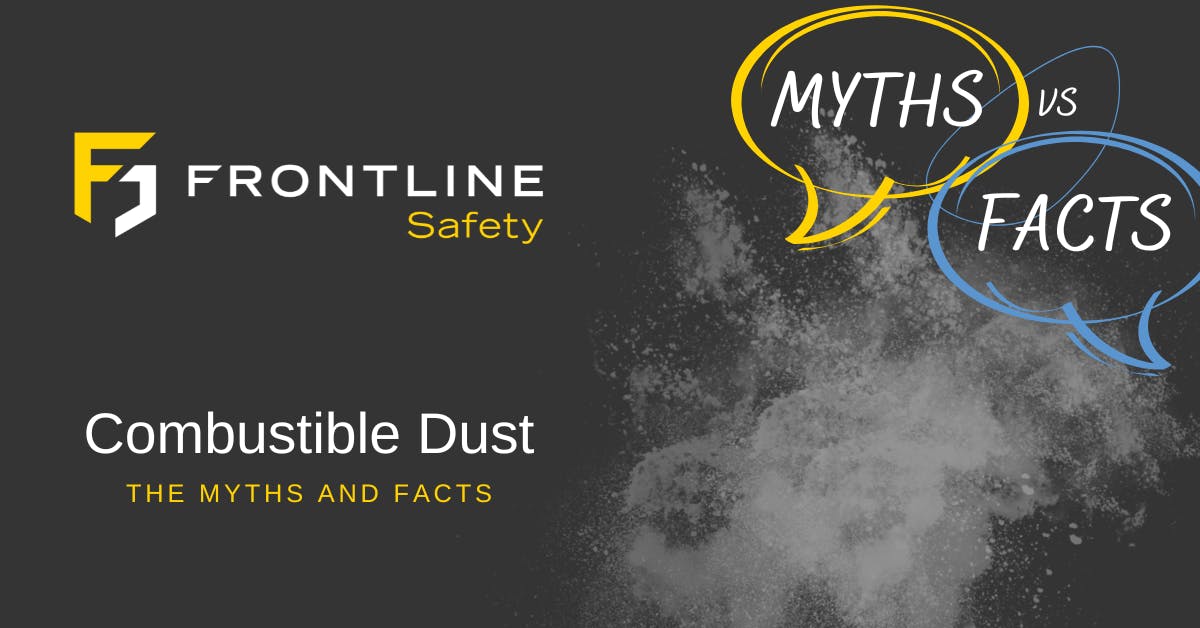
Many of the materials we come into contact with daily produce flammable and explosive dust that, when ignited, can form clouds that can explode. Examples of this are:
- Coal
- Synthetic organic chemicals
- Sugar
- Wood
- Grain
- Metals
A dust explosion occurs when dust particles burn quickly, releasing energy and typically producing gaseous reaction products. A heap or pile of solid flammable material will burn relatively slowly since there is just a small surface area exposed to the oxygen in the air.
The outcome will be very different if the same solid is taken as a fine powder and suspended in the air as a dust cloud. Because there is a more extensive surface area exposed to the air in this situation, the entire cloud could burn very quickly if a spark happens. A contained dust cloud causes a quick release of heat and gaseous products and raises the pressure to levels that most industrial plants are not built to resist.
In 1981, an explosion at a Banbury, England, custard powder manufacturing facility injured nine personnel and seriously damaged a building's exterior wall. A holding bin was overfilled due to a flaw in a pneumatic conveying system, and the air pressure caused the bin to break. Within the structure, the custard powder that had been released ignited as a dust cloud. (Source: HSE.gov.uk).
Why do we need ATEX rated equipment working with dust?
Many working environments, as mentioned above, can give off combustible dust, release gaseous substances, and cause concern for an explosion. When working in such areas, there will be a requirement for monitoring these hazards and having extraction measures in place. These measures may come from a gas detection system, dust monitoring system, extraction fans, or industrial hoovers. These pieces of equipment must be certified with an ATEX rating. If not ATEX-rated, static charge can mix with substances and cause an explosion.
Through experience and research, we have found a few common myths that need discussion, to help improve safety measures in industries where combustible dust could be present.
What are the myths of explosive dust?
Myth or Fact - explosion proof is just a marketing term.
Myth - something that is third-party certified as explosion-proof to comply while working in a hazardous area.
Myth or Fact - my facility is not classified as hazardous; therefore, I do not need any ATEX-rated equipment.
Fact - despite there always being a risk of a hazard occurring, unless your area is classified as Zone 0, 1, or 2 for gas detection and/or Zone 20, 21, or 22 for dust monitoring and ventilation. This does not mean that your equipment does not need to be certified to any level, but an explosion-proof gas monitor is not required in a non-explosive area. Failure to comply with regulations can result in hefty fines, penalties and possibly injury to your workforce.
Myth or Fact - you are not required to analyse and test the dust in your workplace.
Myth - for example, it appears relatively simple when working with wood. But that's just not the case. It is crucial always to test dust for particles so you can know how to work safely, continuously monitor, and clean it up properly. Dust collection might vary in size and scope, so risk assessments are required.
Our Recommended Products for Working with Explosive Dust
As mentioned, a potential gas monitoring system and dust monitoring and extraction systems may be required. Listed below are a few of our monitoring products available on our website. We can also supply extraction systems that are not available on the website. To discuss your dust monitoring needs more, don't hesitate to contact our sales team at 0141 771 7749.


